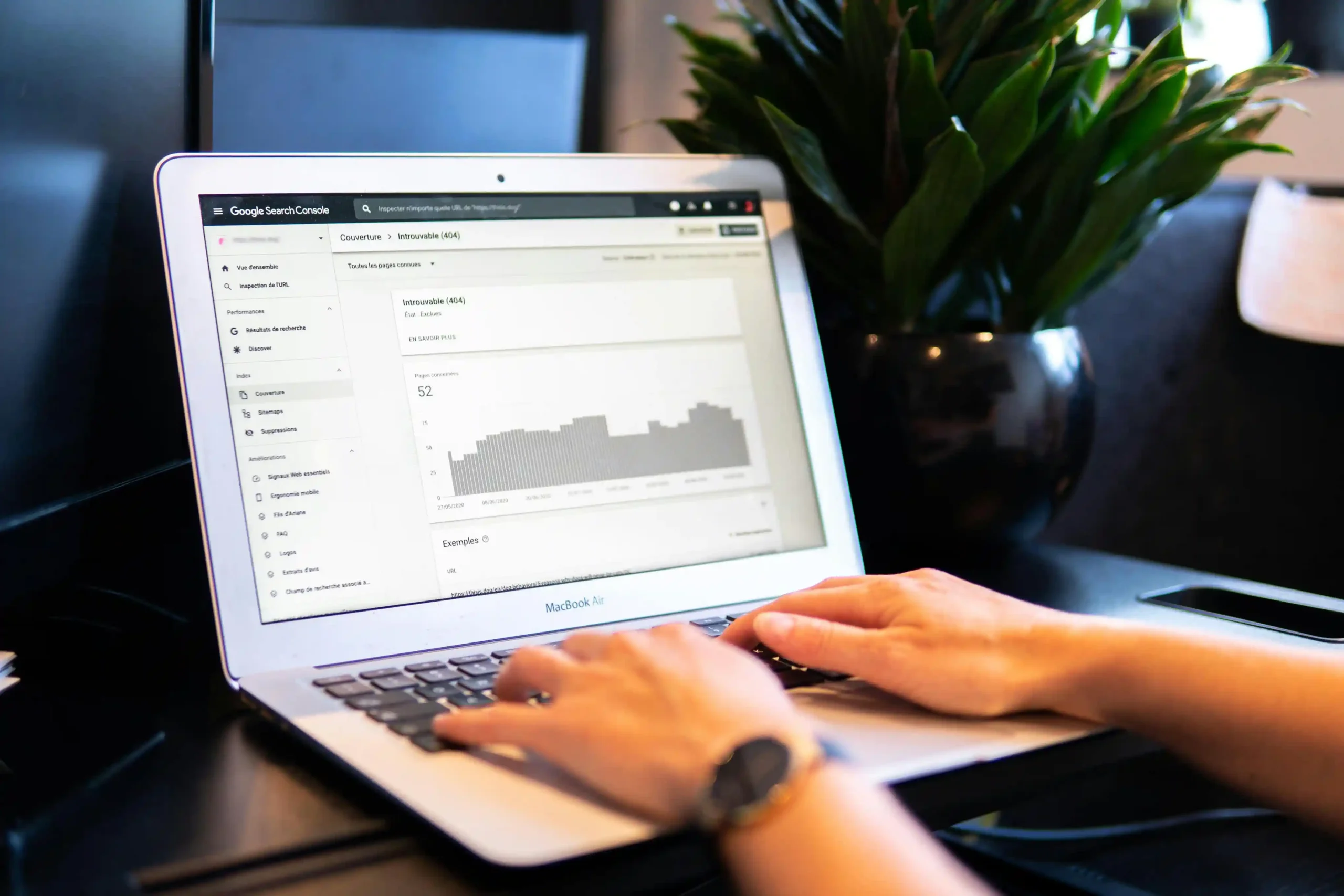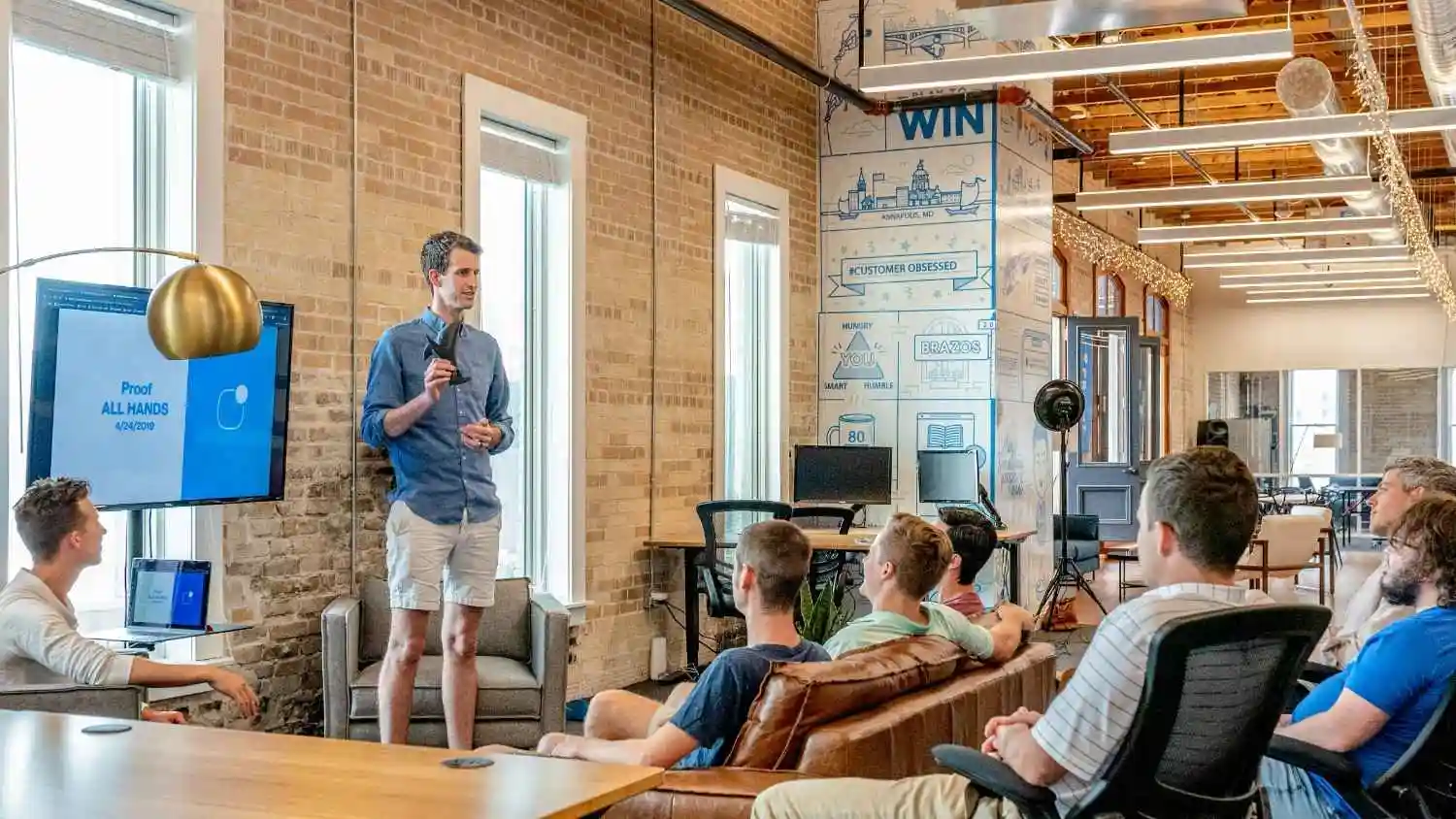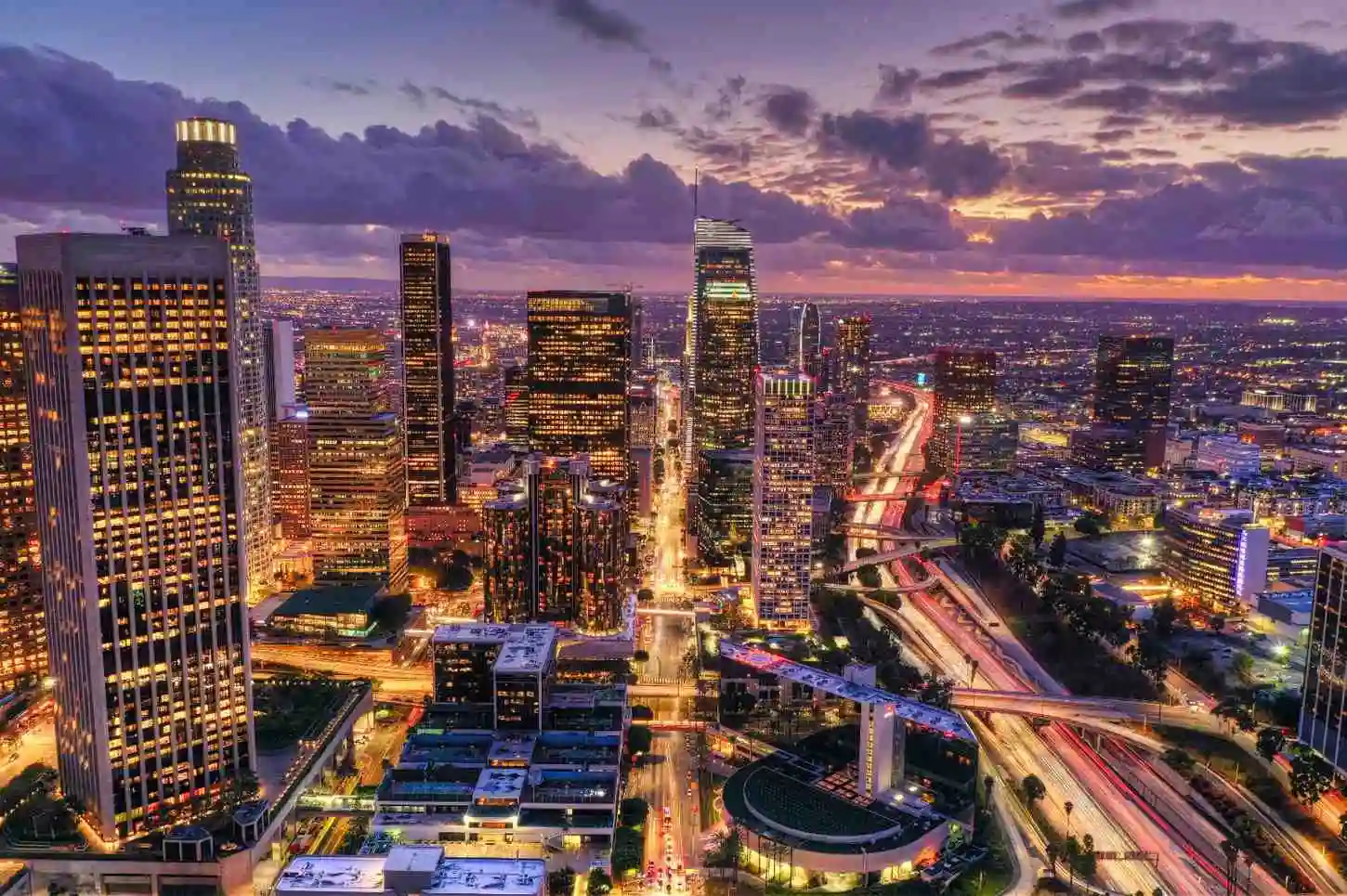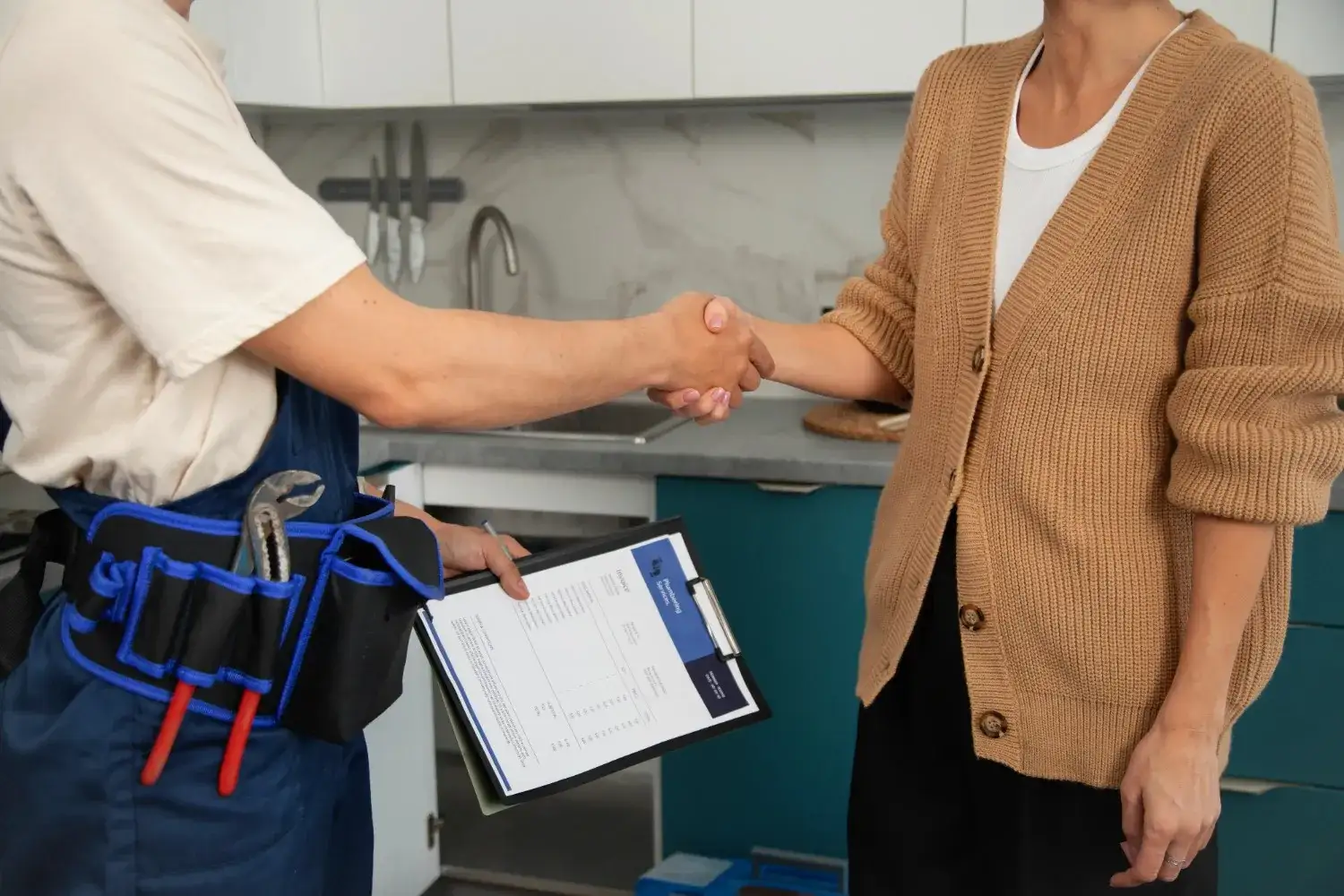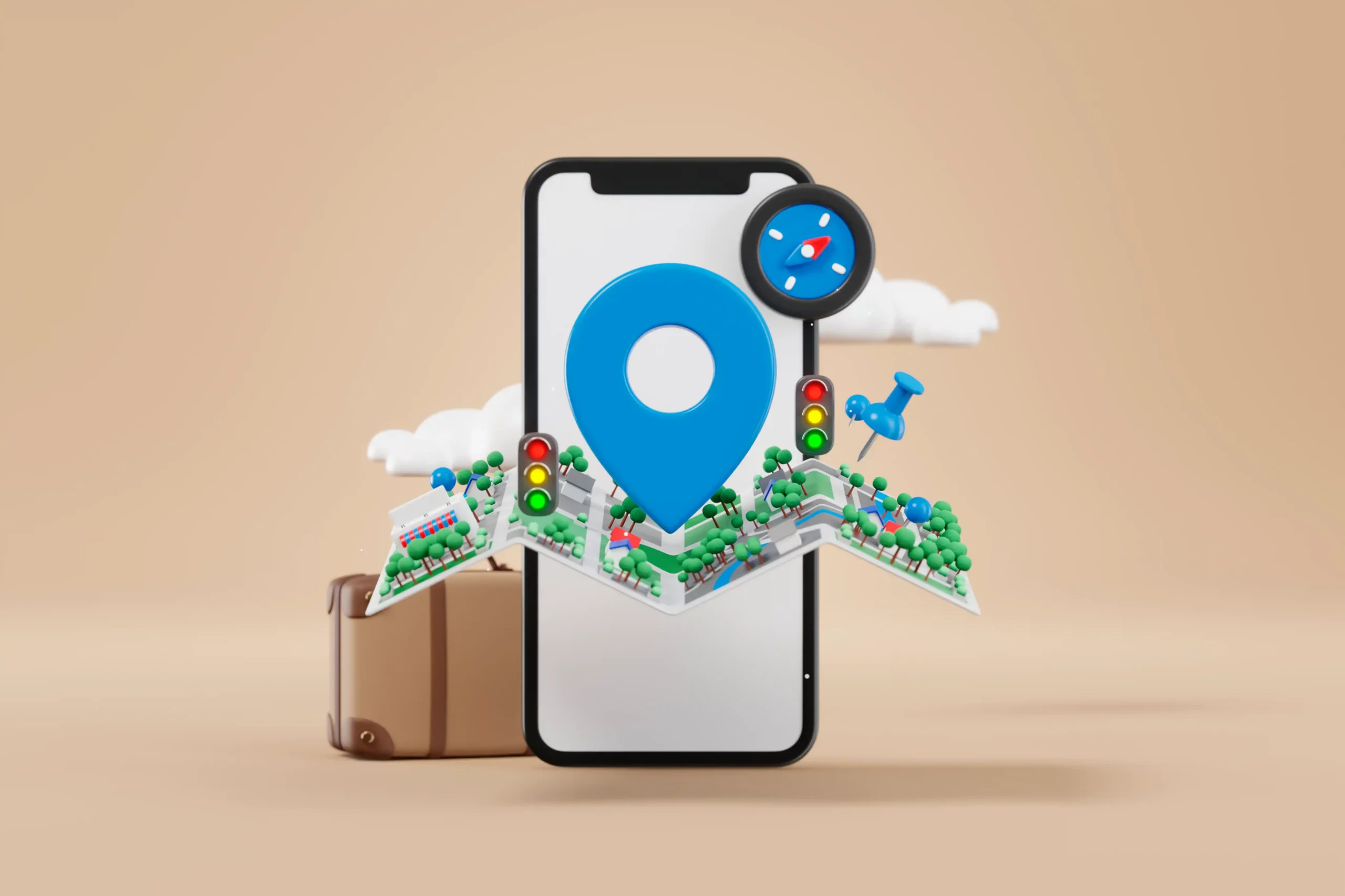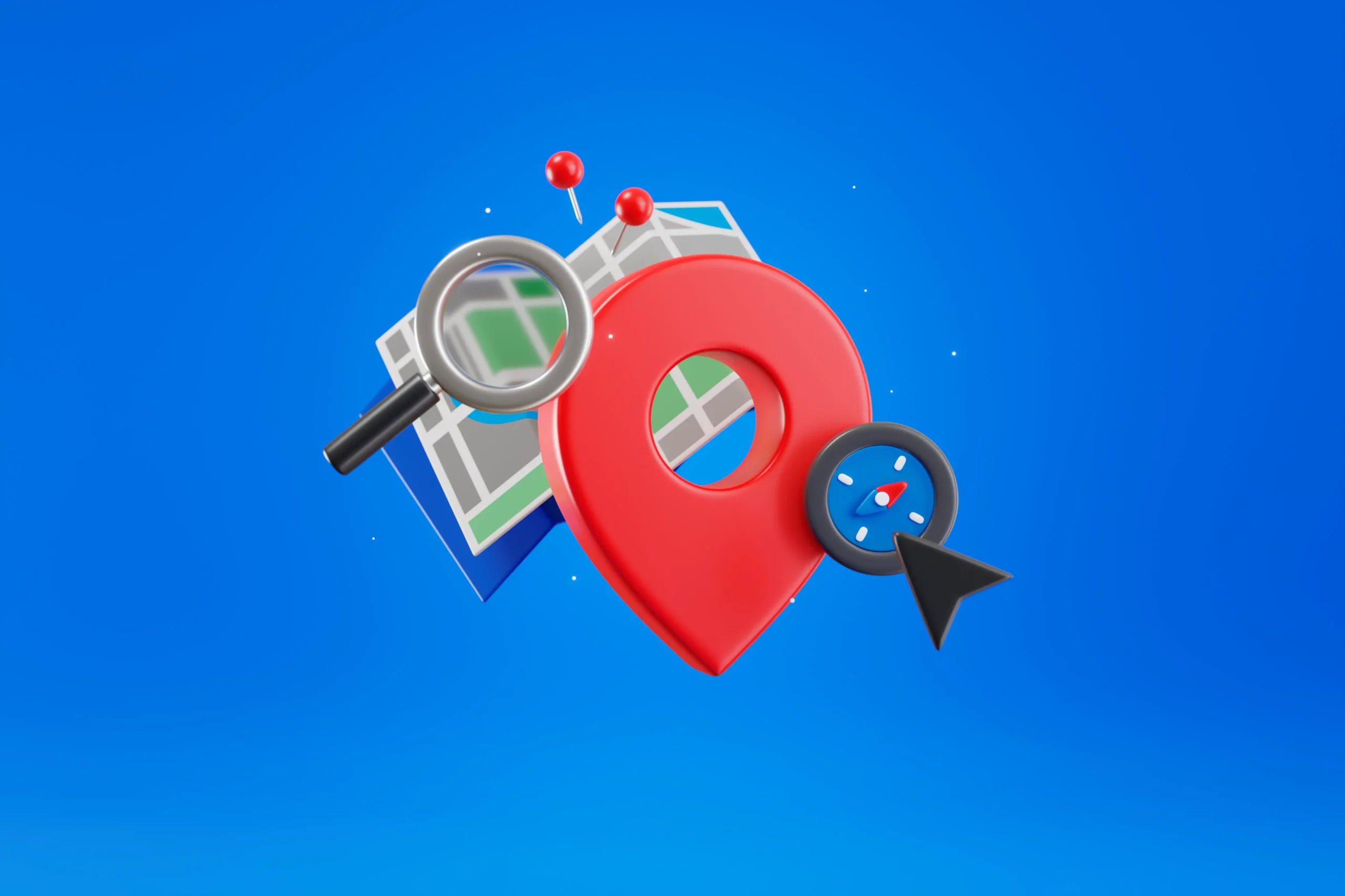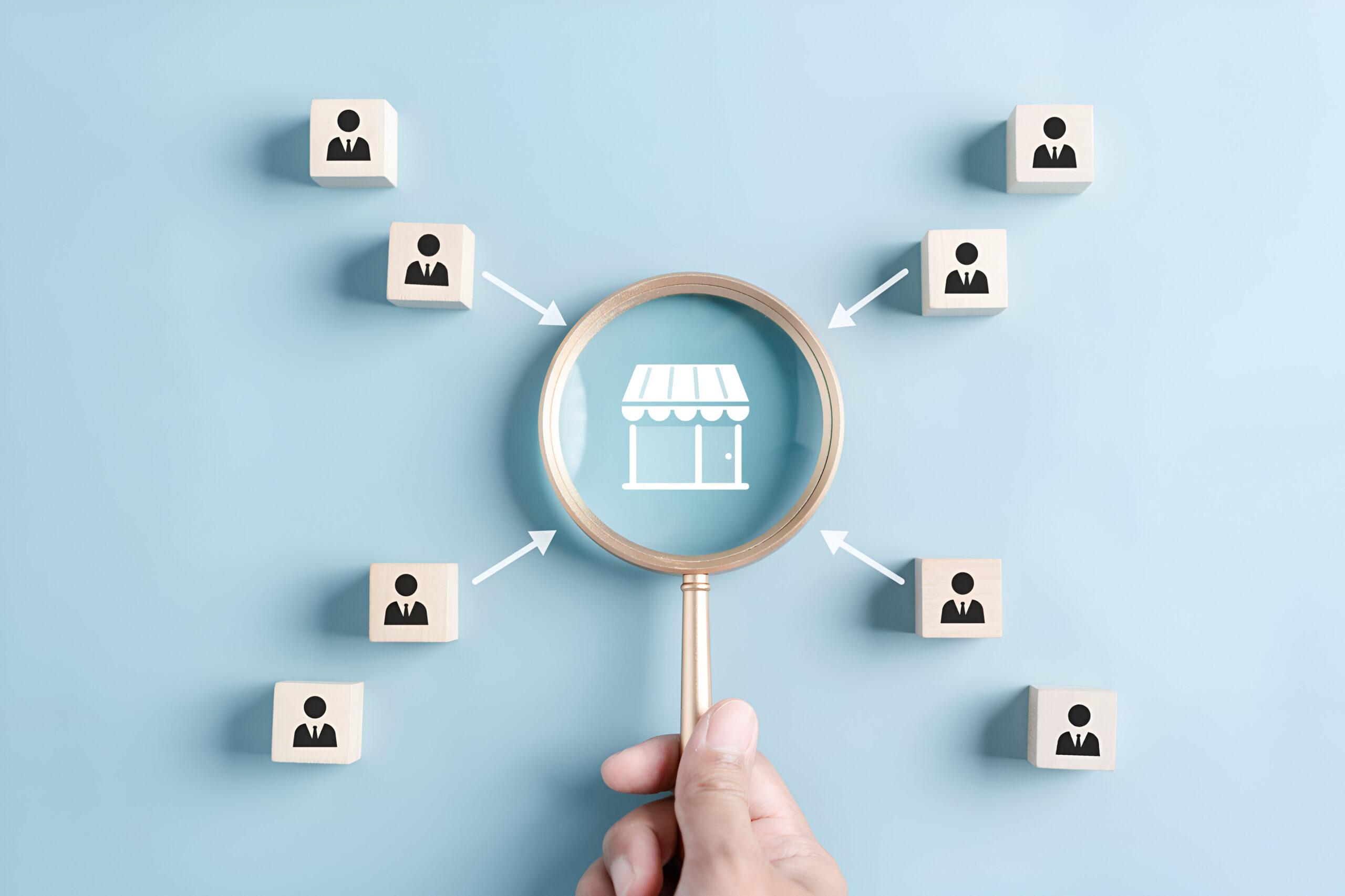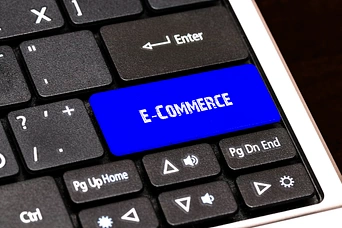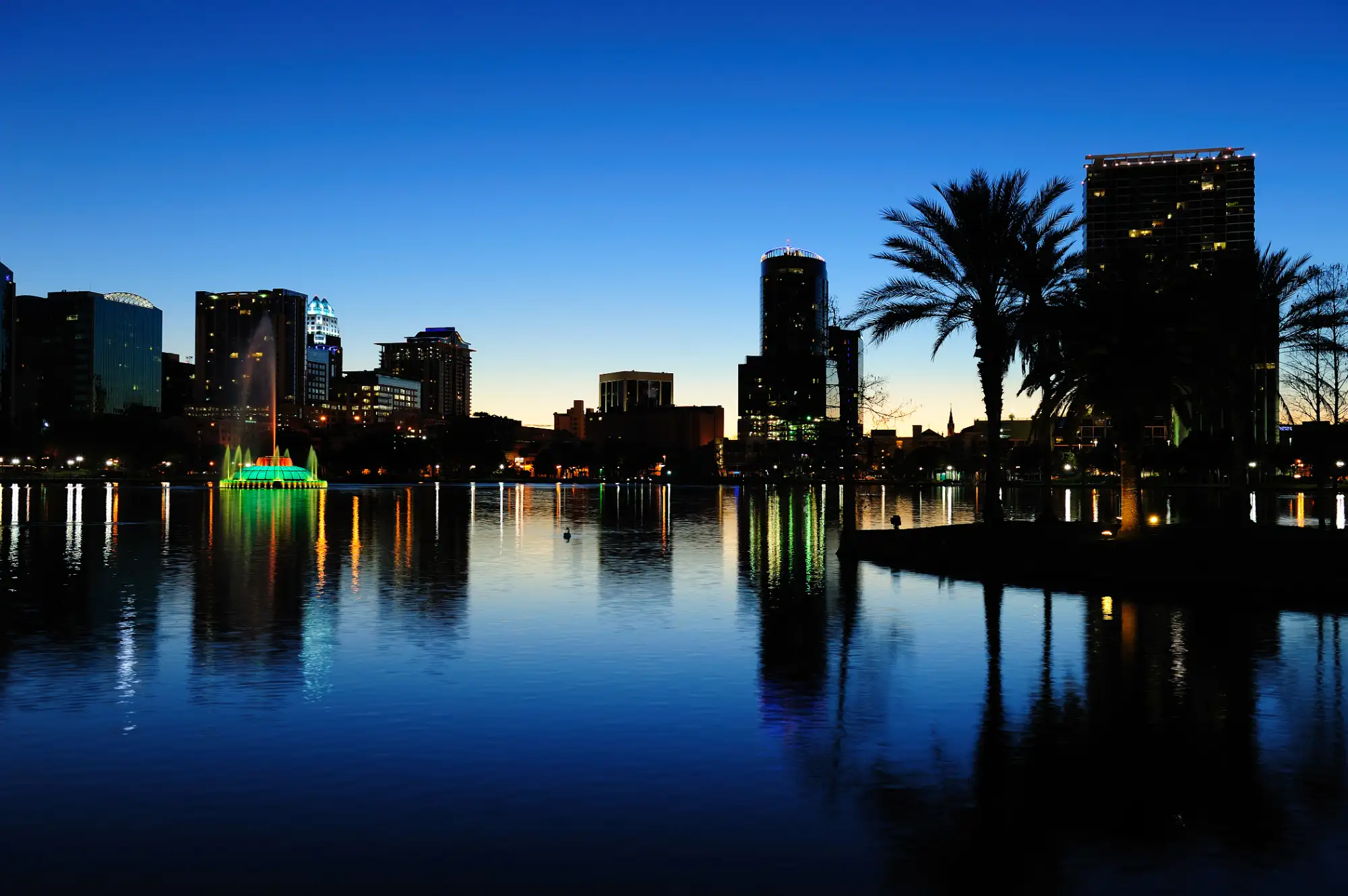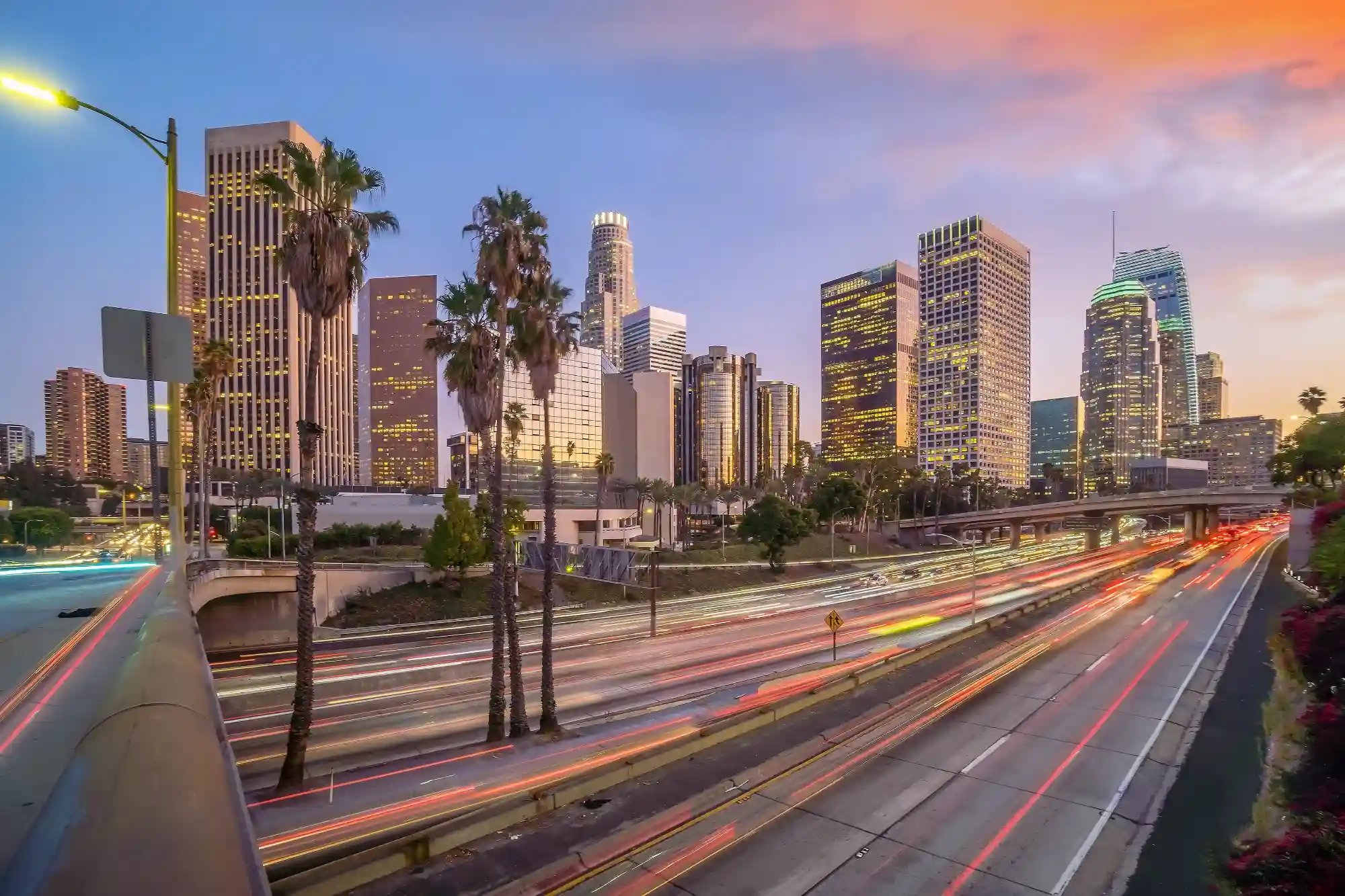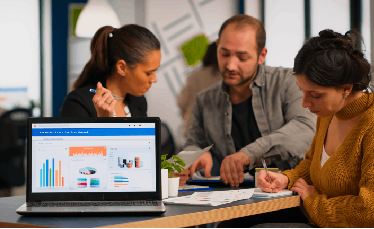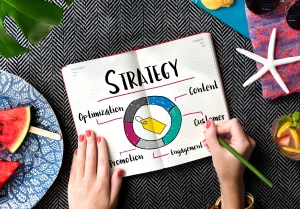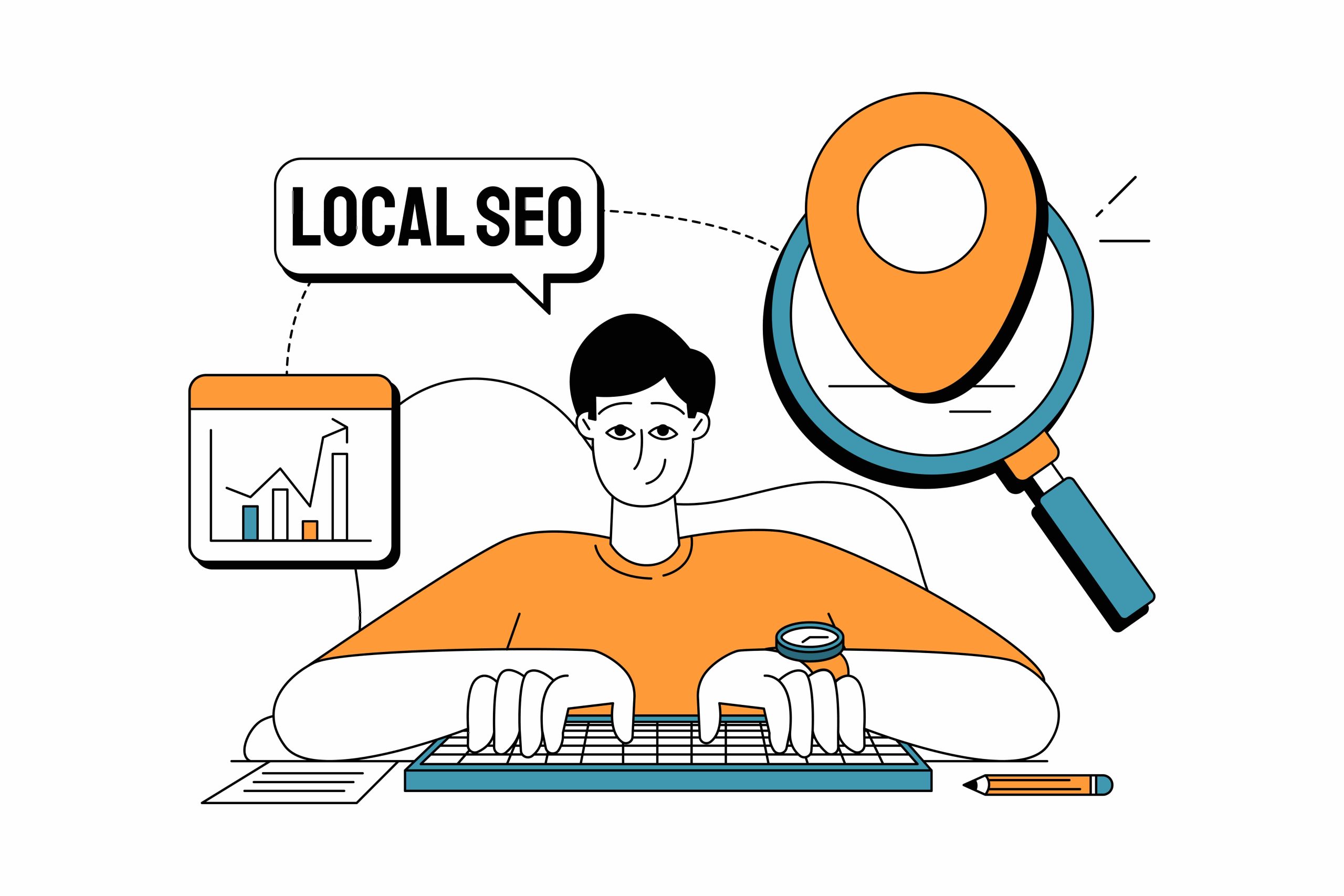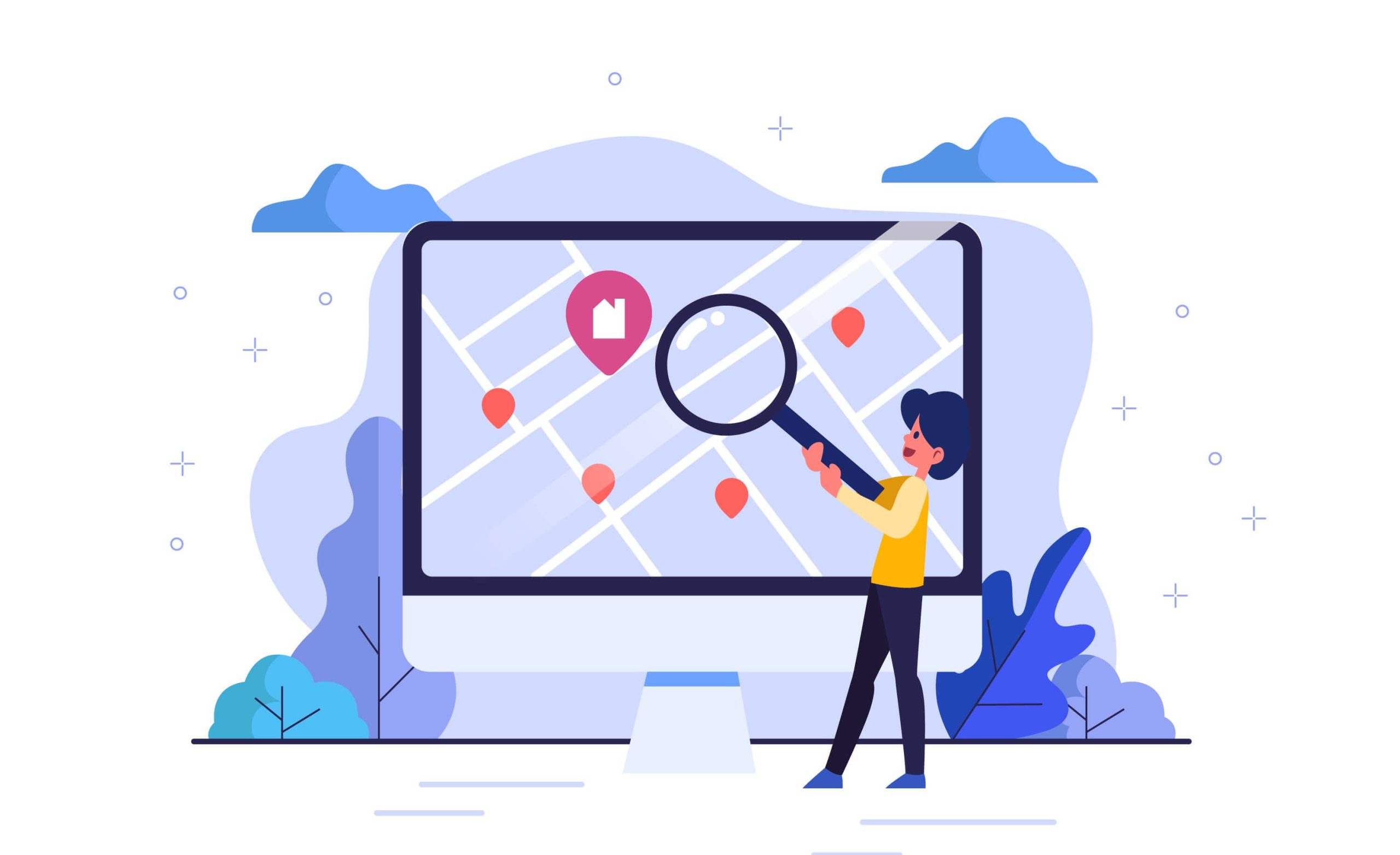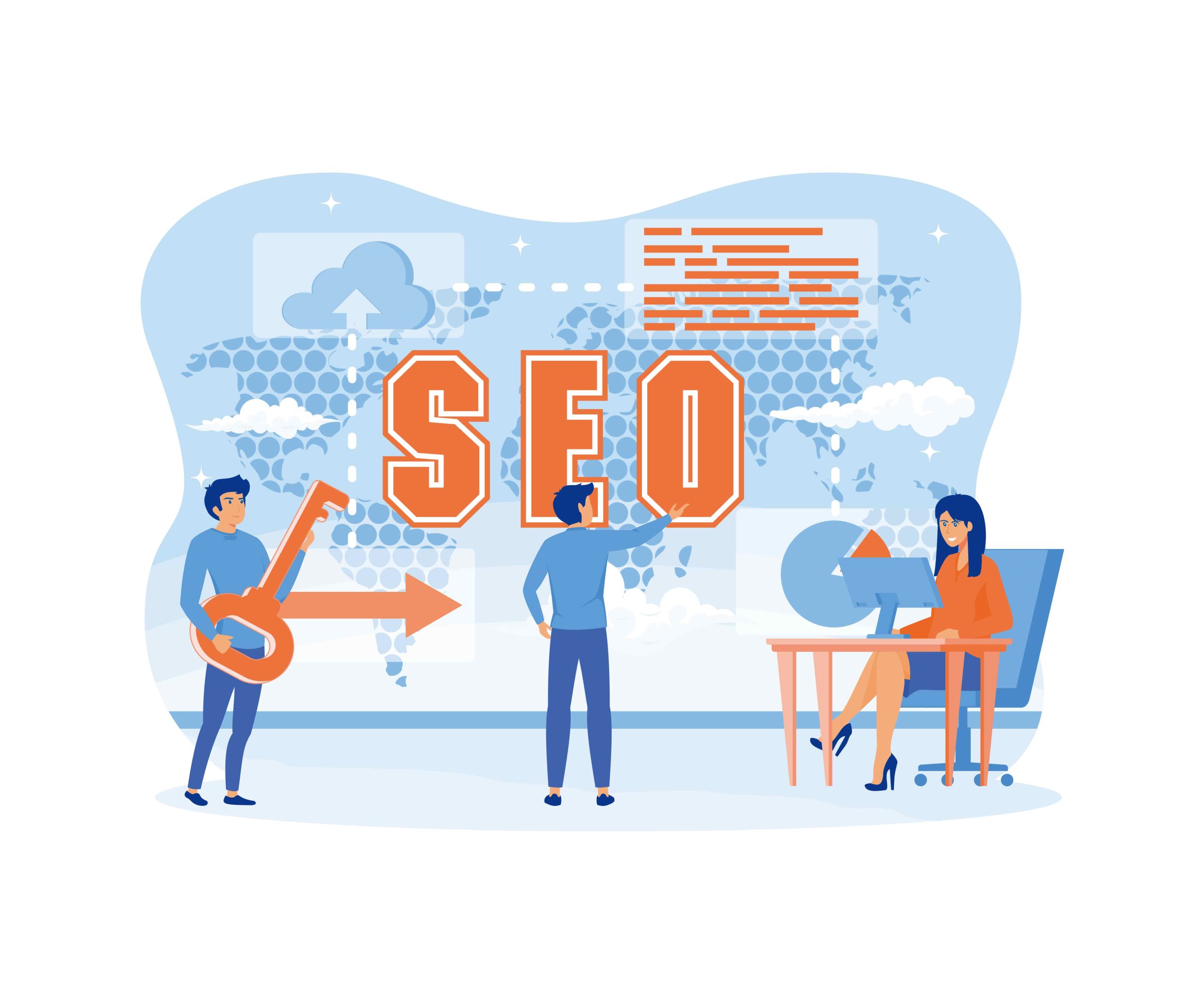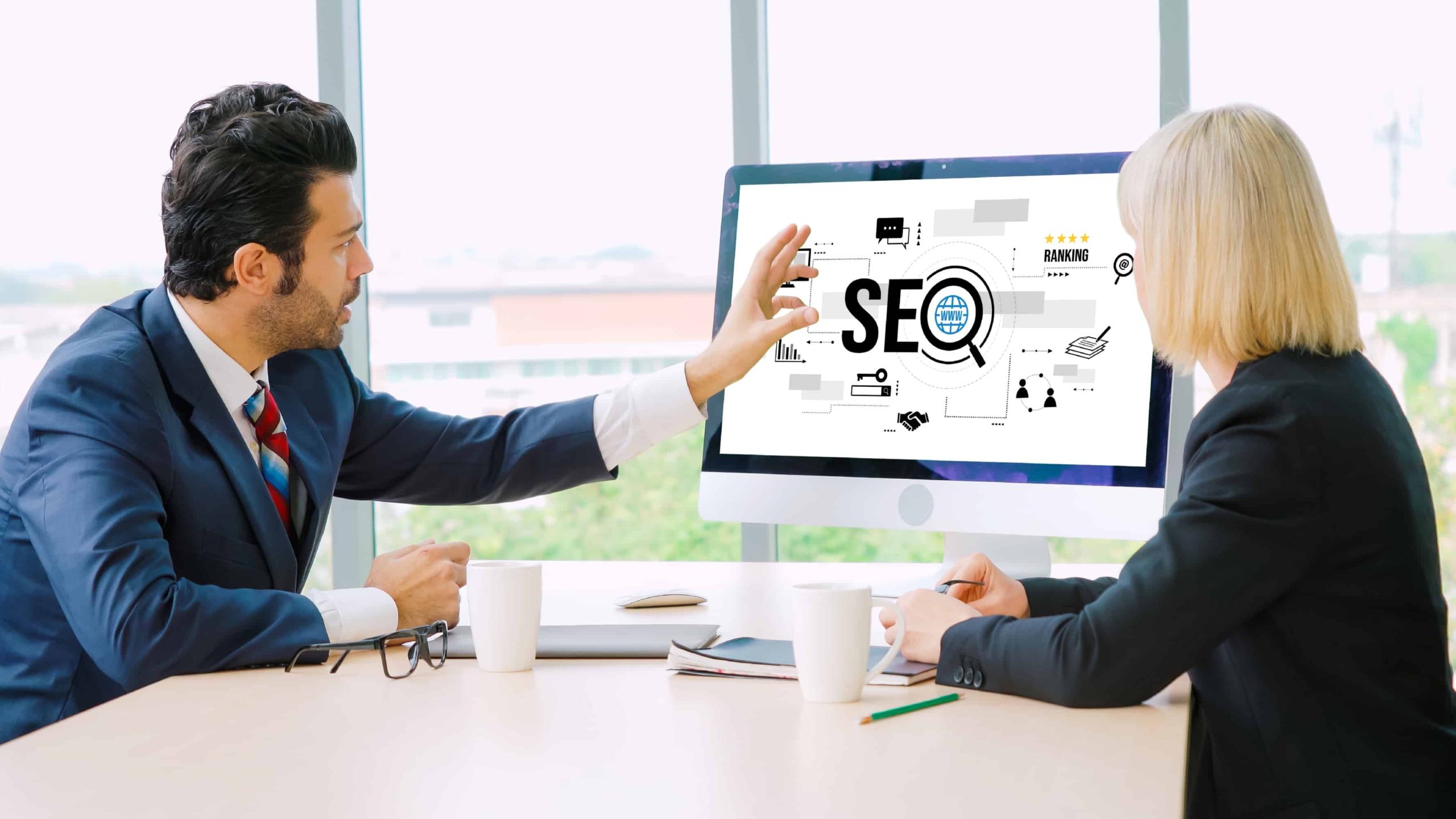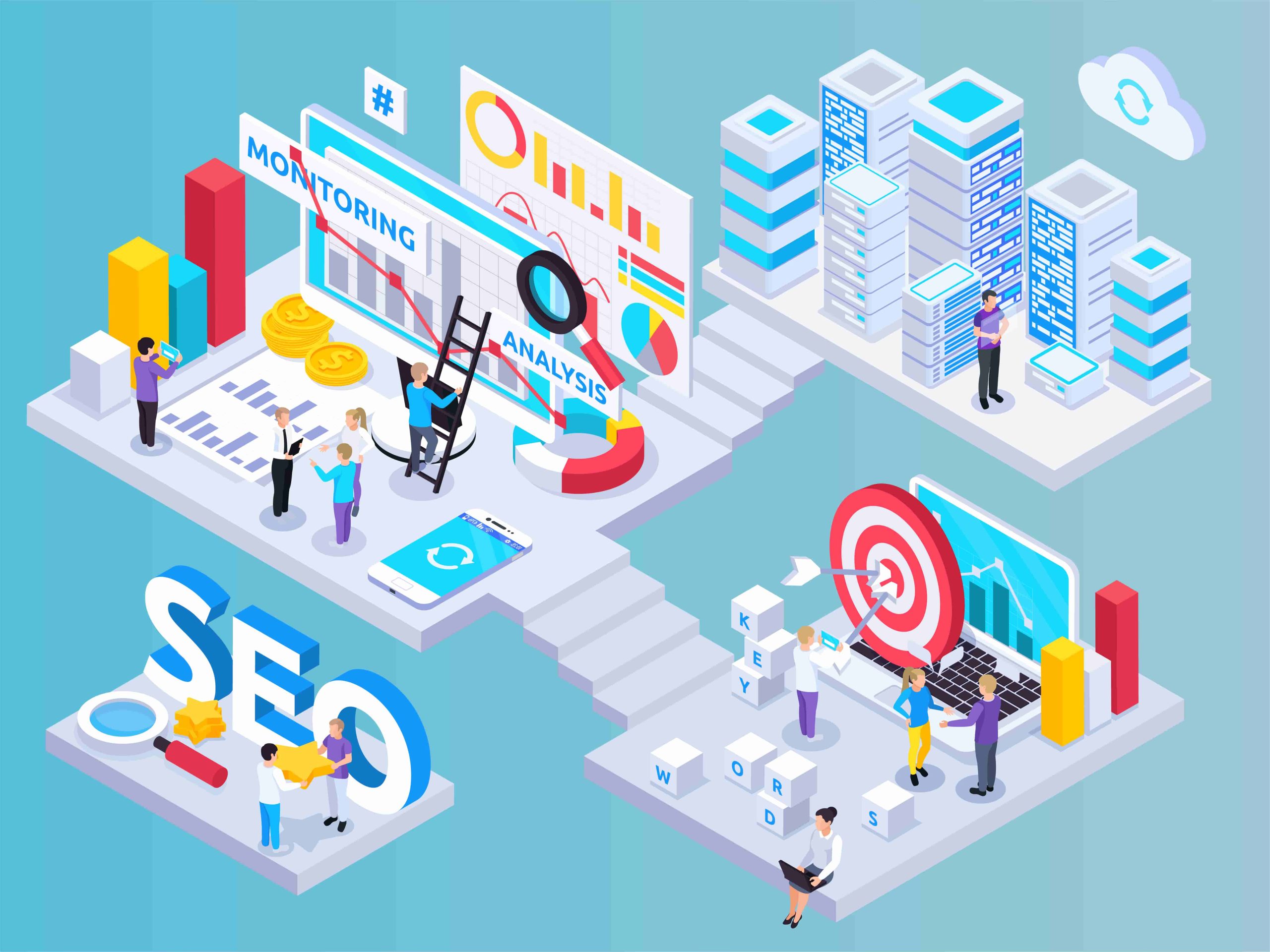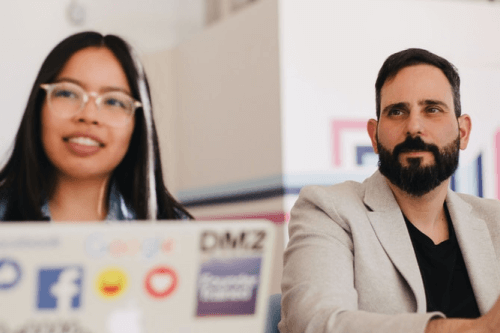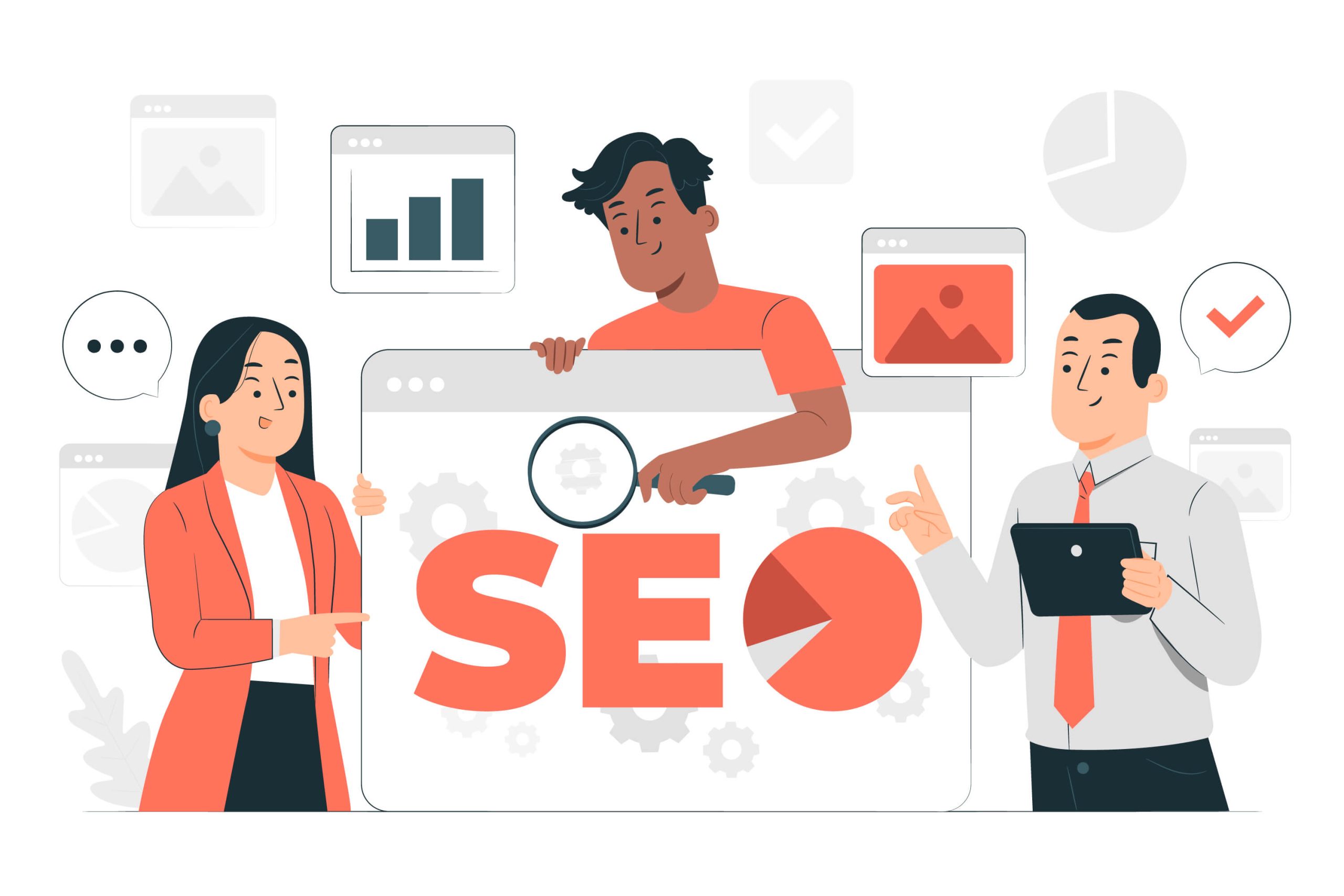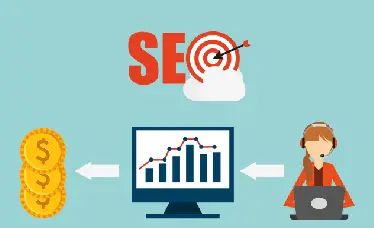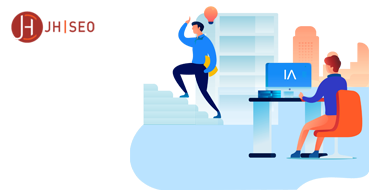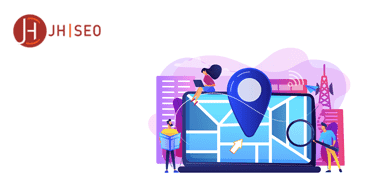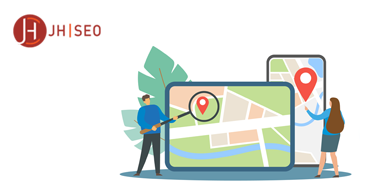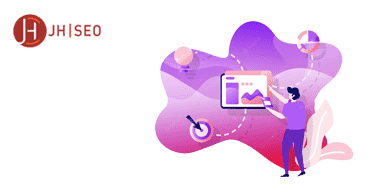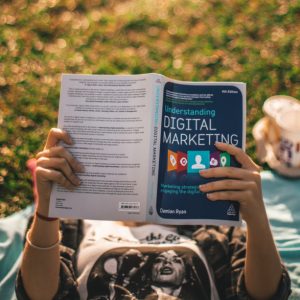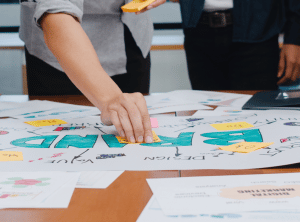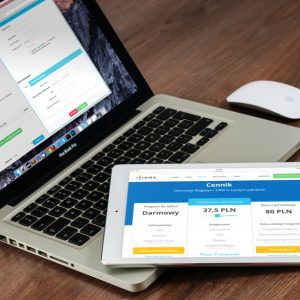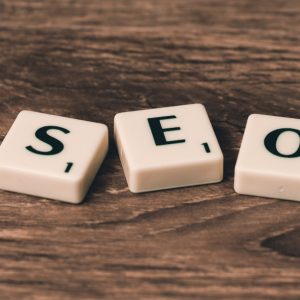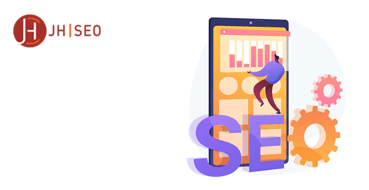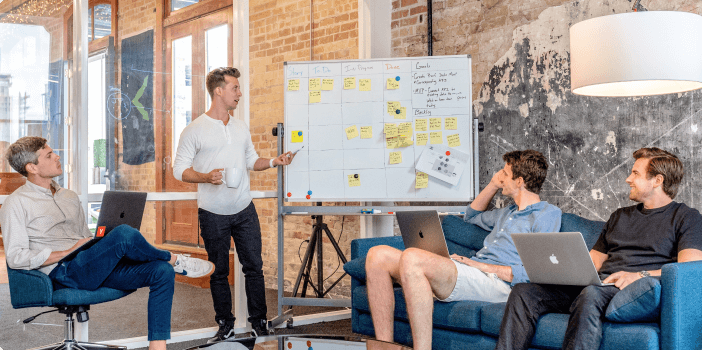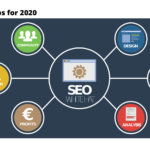If you are a Search Engine Optimization (SEO) rookie, you will come across many unfamiliar words.
For beginners, we have compiled a terms list for you. Here are the SEO terms you can use to improve your knowledge. Take your digital marketing activities one step further by learning the language of search engines. The more improved search engine rankings, the more qualified leads you will get!
The Ultimate SEO Guide
A
Algorithm
Sorting and ordering the data obtained to present meaningful insights. Google’s algorithm is the most popular type and has a rather complicated system.
When you make a query, it works with the most significant data from the search index. So it presents the most likely result to the users.
There are several combinations and factors that Google ranks websites’ Search Engine Optimization scores. One of the most important things to watch out for is E-A-T.
It stands for Expertise, Authoritativeness, and Trustworthiness. E-A-T is part of Google’s algorithm and baked into Google’s Search Quality Evaluator Guidelines.
Alt Text
Also called Alt tags, alt text is a short description of an image. If people can’t use it for some reason, alt text comes into play at this point. Accurate alt text is critical to increasing the reach of your website.
Analytics
SEO analytics is the tool you need to measure the success of your SEO activities. The process of collecting and analyzing raw data to see if you can reach the metrics you set in your SEO campaigns is called SEO analytics. Google Analytics is the most popular one. Google Analytics is a free Google service that allows us to measure our site’s traffic broadly and compare this traffic at certain times. Without any data, you cannot healthily create your SEO strategies. The Google Analytics tool will be your best friend at this point.
Anchor Text
Anchor text is clickable text within a hyperlink. Your anchor text must be related to the page you are linking to boost your SEO.
The blue, underlined form is the most used anchor text form. Yet it is also possible to use different colors. It is essential to link to reliable sources when using anchor text.
B
Black Hat SEO
Black hat SEO is a technique against search engine guidelines to get a site’s search rankings higher in search results. They are unethical tactics that do not address searchers’ pain points and end in traffic-crushing Google Penalties.
Black hat practices involve cloaking, doorway pages, page swapping, using private link networks, and keyword stuffing.
Bounce Rate
Determines a user’s time on your site without taking action after coming to your website. This rate provides essential insight into your website’s quality. You should improve your website if you have many visitors but high bounce rates.
Breadcrumb Navigation
Breadcrumbs are a navigational aid that lets visitors monitor their current location on a site or interface. Also known as Breadcrumb Trail, this feature displays the page a user is currently on and its relation to the specific page they have visited. It allows the visitor to navigate back to their kickoff or earlier pages from their visit.
C
Canonical Tag
You should use the tag to point to itself on web pages that are requested to be crawled and indexed is called the canonical tag. SEO professionals use Canonical tags to prevent being detected as duplicate content.
Content Management System (CRM)
A content management system, abbreviated as CMS, is software that helps users create, manage and edit the content on a website. It enables you to make without special technical knowledge or fiddling with codes. Here are the main types of CMS:
WCMS (Web Content Management System)
MCMS (Media Content Management System)
DMS (Document Management System)
ECMS (Enterprise Content Management System)
MCMS (Mobile Content Management System)
CCMS (Component Content Management System)
Conversion
Conversion is when a website visitor takes the desired action. It could be filling out a form, purchasing a product, or downloading content. Conversion is one of the most critical factors determining your business’s success.
Conversion Rate Optimization (CRO)
The process that optimizes the rate at which visitors take the desired action is called Conversion Rate Optimization. CRO often involves trying new ideas through testing, such as A/B testing, that will take your site forward.
Crawling
The process of monitoring a website and collecting information by search engine bots. This scanning process can be for an entire website or a limited number of pages. All items, including images, content, and links to web pages, are scanned in detail. Crawling can be done by search engine bots and bots belonging to crawling tools.
When crawlers find a webpage, Google’s systems render the page’s content, as browsers do. Google takes note of key signals, and they keep track of it all in the search index.
Crawl Depth
A site’s crawl depth indicates the extent to which a search engine indexes the site’s content. If your site has a high crawl depth, you will get much more indexed than a site with a low crawl depth.
Cascading Style Sheets (CSS)
Cascading Style Sheets, also known as CSS, is a markup language that allows elements on web pages to gain visual designs. CSS allows your website’s features (buttons, titles, texts) to be displayed with defined styles.
Click-Through Rate (CTR)
It is an essential metric that measures the ratio of visitors who clicked on the hyperlink to the total number of users. As an SEO term, it is used to see how many users clicked on the snippet of your page in the SERP.
D
Disavow
Disavow stands for discarding wrong links pointing to your website. If you realize that some low-quality links damage your site’s ranking, you could demand that Google not consider them.
Domain Authority
Search engine rankings score evaluates how successful a website is on search engine results. Software development company Moz created “domain authority.”
Calculated by companies like Moz and Semrush, domain authority does not affect Google’s Search engine rankings by itself but can offer meaningful insights.
Doorway Pages
Pages and sites created by SEO / Web Design experts rank themselves higher than their competitors in search results. The page or site created does not lead you to the final result; SEO also links you to the page for which the ranking is to be increased.
With the update it made in 2015, Google drew attention to these pages and worked on this issue. It is a very negative result in user experience that users wander from page to page and do not deliver the content they want.
Duplicate Content
Duplicate content is when a large part of the content appears precisely in the same way on another Unique Website Address (URL) on the Internet.
E
E-commerce SEO
E-commerce SEO is the search engine optimization efforts of an online store. If you write long descriptions with relevant keywords related to your products on every product page, it’s a tremendous practice. Getting quality backlinks from a reliable website could strengthen your e-commerce store’s ranking.
F
File Transfer Protocol (FTP)
FTP is one of the first developed internet protocols. As transferring files from one computer to another one, the interaction is established at the same time. With the help of a series of commands provided with the protocol, operations are performed between two computers.
Fresh Content
Fresh content refers to updating the pages on a website or adding new ones. It’s important to make updates and add new content to your website. Yet, if you don’t have a topic to update, you don’t need to do this.
G
GoogleBot
Google Bots are robots designed to navigate web pages through links. They move from one page to the next, checking every link to keep Google’s database up to date. They scan the pages and save all the information within themselves.
Search engines send a spider or crawler team to find newly published content. This process allows Google to collect over 1 million GB of data in one second.
Google Algorithms
Of countless Google algorithm updates that emerged over the last decade, here are the ones that changed SEO forever.
Panda
Using the Panda application, Google aims to provide more accurate results to its users by pushing spam websites that use duplicate content further back in search results.
According to the Google Panda algorithm, Google’s most important advice to web admins is to create quality content instead of optimizing sites for Google algorithms.
Penguin
Google published the first version of the Penguin algorithm on April 24, 2012.
The update focuses on the content written for SEO purposes on the pages and the in-site links. It considers links given over keyword stuffing status and any words unrelated to the content as spam.
Bert
We can explain “Bidirectional Encoder Representations from Transformers” as a natural language processing technique that combines AI and machine learning technologies. Google aims to analyze the user’s search query better in line with the user’s search intent.
Header Tags
Header tags are HTML tags placed in headers so bots can get information about the page content. Heading tags can go from 1 (H1) to 6 (H6), which is vital in the on page SEO technical structure.
The H1 tag should contain keywords related to the page title and relevant to your content. The H2 tag is a subheading and should include specific keywords similar to your H1 tag. Then the H3 tag is also a sub-title for the H2 tag, and so on.
Google Search Console
Google Search Console is a free service offered by Google that helps you, monitor, manage and troubleshoot how your site ranks in Google Search results.
H
HTML Tag
The HTML tag tells your browser that the file contains information loaded with HTML code. in the filename. HTML extension indicates that this file is an HTML document.
HTTP Status Codes
Two-way communication occurs when users want to visit a website. This communication starts when the user wants to log in to a page. The user logging into a web page sends a request via the browser to the server where the relevant page is located to view the page. The server responds to this request with a three-digit status code. The three-digit responses that the server gives to the browser are called HTTP status codes or HTTP status codes. Here are the most significant status codes:
200 OK
In its shortest definition, it is the ideal status code. If a page opens without problems, a 200 status code is sent from the server to the browser.
301 Status Code (Permanent Redirect)
It is the status code where a web page is permanently redirected to another web page, and the user who visits the page is automatically redirected.
302 Status Code (Temporary Redirect)
It is the status code that indicates that a web page is temporarily redirected to another web page.
403 Status Code (Forbidden Error)
The status code states that the user does not have permission to access the relevant web page in response to the request sent to the server to access a web page or that the relevant web page is banned.
404 Status Code (Not Found)
The status code indicates that the web page the user wants to view is not found on the relevant server. The relevant web page may have been deleted, or its URL changed.
Status Code 410 (Gone)
The status code indicates that the web page the user wants to access is not available on the server. The difference from the 404 status code means that the relevant web page is permanently deleted and will not be restored.
500 Status Code (Internal Server Error)
It is the status code encountered in server-related problems and indicates something is wrong with the server.
I
Inbound Link
Inbound links, or in other words, backlinks are links from another site to your site. This web resource can be a website, web page, or web directory. It is vital for your SEO activities that your page gets backlinks from reliable websites.
Indexing
It is the practice where search engines organize content to allow accelerated replies.
It will be a pain in the neck if search engines try to find content for specific keywords and subjects through every site. Instead of doing that, search engines employ an inverted index.
Internal Link
It is the link of a website for its pages within itself or pages linked to its domain name. Although the internal link structure has a limitation, it is valid only for the domain where it is used. This link is a link type that does not include subdomains.
K
Keyword
Keywords are words and phrases internet users type to find what they are looking for. Of course, the different keyword has different search volume.
We can classify all keywords into four main categories of intent:
Commercial Keywords
Commercial keywords reveal a searcher’s interest in specific products or services on search engines.
Informational Keywords
People use them when users are seeking more information about their search subject. Search engines understand whether the pages on your site address searchers’ pain points by navigating multiple pages.
Navigational Keywords
They show the type of long tail keywords, which search engines can determine to navigate a query. The search volume of a navigational keyword may be low but it can attract users directly to your website page.
Keyword Density
Keyword density indicates how often a keyword is used in content compared to the overall word count. Because modern search engines are so intelligent, keyword density is no longer an important search engine ranking factor. If the keyword density ratio is over 2%, we can say it is an excessive rate because search engines may suspect that you are stuffing keywords.
Keyword Research
Keyword research refers to the process of identifying target keywords that have the potential to drive organic traffic to your site. It is one of the most critical steps of SEO (search engine optimization). Keyword research is vital to be in the first place on search engine results.
Keyword Stuffing
Keyword Stuffing is using unnecessary and excessive keywords to get ahead in search engines. Google is very sensitive about stuffing, and Keyword density should be at a certain level. Stuffing detected by search engines causes sites to be penalized.
L
Landing Page
It is a page usually prepared within the scope of marketing campaigns and aims to convert visitors into potential customers.
The purpose of the landing page in digital marketing is to direct visitors to take action.
Link Building
Link building is getting links from other websites to your website. A hyperlink (often called a link) is how users navigate between pages on the Internet. Search engines use links to crawl web pages, and search engines bots crawl the pages on your website one by one and follow the links. Link building has become more of a reputation management today. Therefore you should still consider link building as a vital SEO strategy.
Link Juice
Link Juice, also referred to as Link Equity, is a concept that is directly related to page rank. At this point, it would be much more accurate to refer to the page rank working system. When a backlink-based power emerges on a website, this power is distributed to other links.
For example, When creating links, a link is given to 3 different places, the power of the same website is divided into three and these three links are shared. Here, the term external website is used for external websites, and outbound link terms are used for outbound links. Page rank shows the results obtained from the algorithm Google uses to rank websites and the values determined for your website.
M
Manual Penalty
Unlike other Google penalties, it occurs when a real user makes a complaint claiming that a site does not follow Google’s guidelines. Hence it is issued by real people rather than bots.
Meta Description
The meta description refers to the tag in the HTML code, which briefly describes the content on a web page. Meta descriptions are vital to shine out on Google and other search engines. Remember that all major search engines consider the quality of meta descriptions.
N
Nofollow Link
A no follow link, or backlink is a link that does not pass authority on to the website it is linking to. These links do not help SEO. To make a link nofollow, add rel=” nofollow” to the code when connecting to a website.
O
On Page SEO
On Page SEO is a process that focuses on optimizing various website elements for search engines to attract traffic. It involves taking factors such as page speed, blog post quality, and keyword density into account. It’s all about your web page content. On Page SEO is a process that aims to improve the appearance and quality of your website’s pages. Search engines understand excellent On Page optimization. This is why you should pay attention to that.
It is often referred to with concepts such as technical SEO and Off Page SEO.
Organic Search Results
Organic search results are the free listings on a search engine result page (SERP). These outcomes are based on elements like the relevancy of a search query, incoming links, good search engine optimization (SEO) practices, and domain authority.
Outbound Link
In the link exchange between internet sites, the linking of one website to another place is called an outbound link. The process of linking sites to other sites is fundamental in terms of SEO. Linking to sites with quality and relevant content will positively affect your reputation on search engines.
S
Search Engine Results Page
SERP is the list of results that appear when you type the keyword in any search engine.
Search Intent
We can define it as the main reason the user searches in search engines. In other words, the reason behind the user’s search and the result they want to encounter can be explained as the user’s search intention.
Search Engine Marketing (SEM)
SEM is making brands more visible and accessible on search engines.
SEM, also defined as search engine advertising, increases website traffic by purchasing paid advertising in search engines. The most popular SEM tool is Google Ads.
P
Pogo Sticking
When users need help finding what they are looking for and return to results pages shortly after clicking on a result on SERP.
R
Ranking Factor
The factors that search engines use to determine the search engine ranking on the results pages are called ranking factors. It is known that Google considers more than 200 metrics when creating search engine result pages. As an SEO professional, you should definitely monitor google ranking factors continuously.
Robots.txt
The robots.txt file tells search engine crawlers which URLs on your site they can access. This method is mainly used to prevent requests from causing congestion on your site.
T
Technical SEO
Technical SEO refers to optimizing your website for the crawling and indexing phase. With technical SEO, you can help search engines seamlessly access, crawl, interpret, and index your website.
Title Tag
Title tag is an HTML element that determines the title that appears in the search results of a page on the website and appears in the Browser tabs. It is the title tag that should be present on every web page. The title tags appear as the text to which the link is given in Google search results.
Q
Quality Content
Quality content is how you engage, educate, help, and captivate your target audiences. Generating unique and meaningful content is also vital to get ahead on search engines.
Quality Link
A quality link, aka a high-quality link, is one of the most prominent elements of a high-quality website. To develop an effective SEO campaign, backlinks are crucial to driving organic traffic, and also, quality links will allow you to boost your site’s authority. More importantly, Google considers quality backlinks among its top 3 ranking factors.
U
User Experience
Search engines greatly emphasize user experience while preparing a search engine’s algorithm. For a site or application to be valuable, it must be easy to use for the user, and it is also crucial that the user can navigate the site or application for a long time.
W
White Hat SEO
When we say what white hat SEO is, it is called the techniques and practices carried out ethically in SEO. White line SEO tools include legal techniques to organically improve a page’s ranking in the SERP (search engine results pages).
X
XML Sitemap
The sitemap contains all the links to your site. By adding Google sitemap to the tools used to enable people to find content, you can guide your site to move. It will be challenging to go to a place without a map, and bots cannot make people come to you if they do not have your site’s sitemap file. Creating a sitemap is an issue that you should pay attention to.


